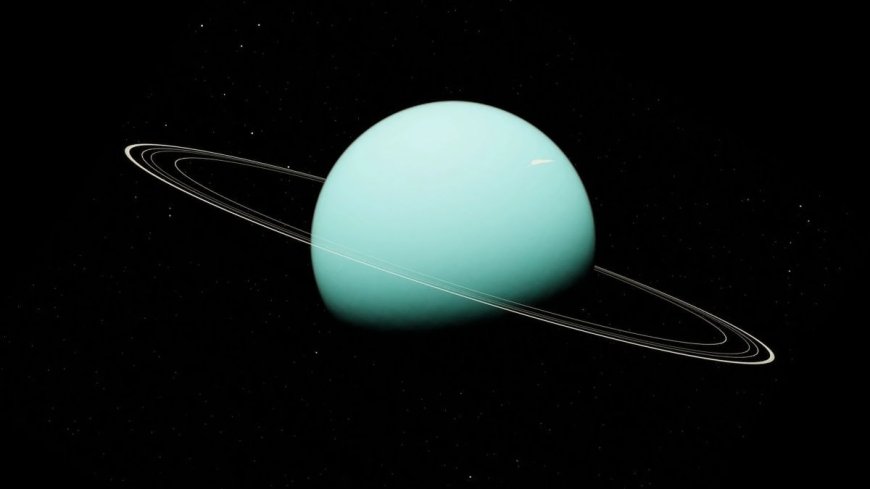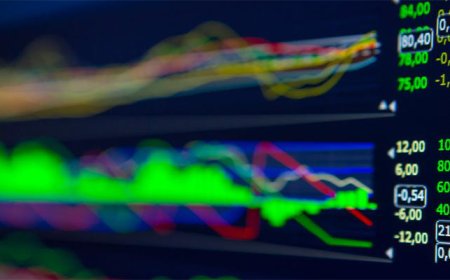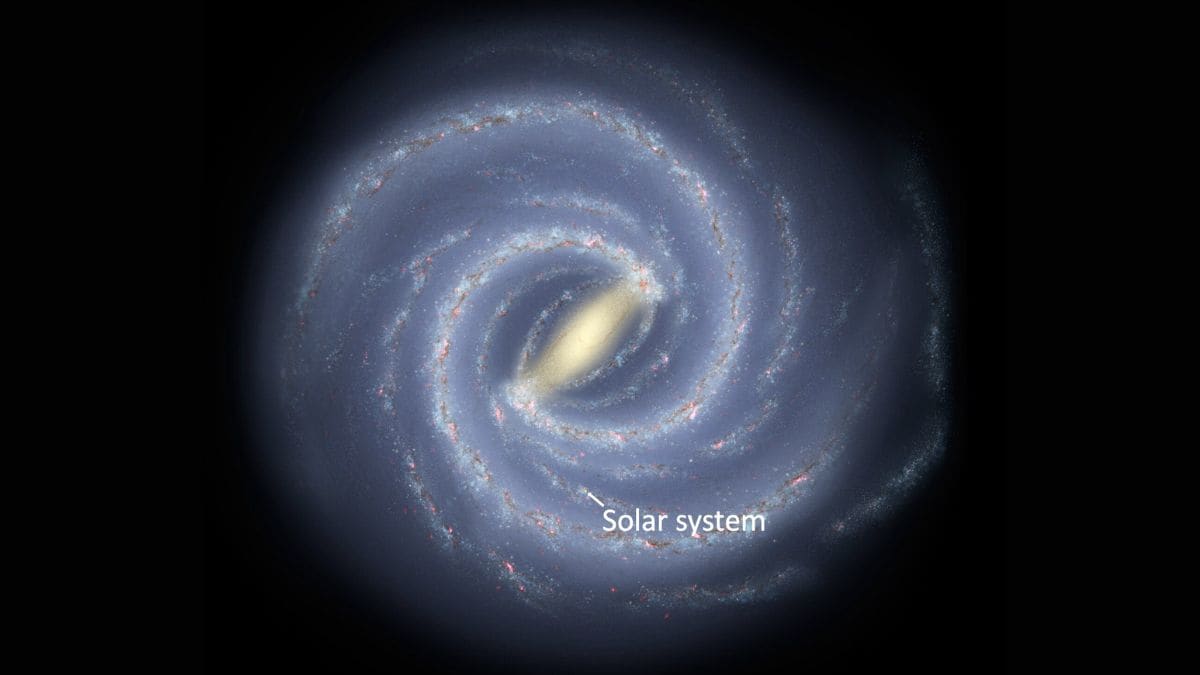Scientists Finally Discover How Long a Day Lasts on Uranus

Scientists have finally found how about Uranus day length using the most recent analysis of a decade's worth of Hubble Space Telescope data. As per the scientists, the Uranus holds 17 hours, 14 minutes, and 52 seconds to finish a complete rotation—that is, 28 seconds more than the estimation served by NASA's Voyager 2 spacecraft. This estimation was made possible through the measurement of the magnetic fields and the radio waves coming from the auras of the planet. This understanding helps one derive surface mapping and alignment estimation in perplexing surroundings. Some of those maps may need to be reconsidered based on the most recent research.
Hubble Refines Uranus' Spin and Orbit Time
According to reports, the Hubble Space Telescope study verified Uranus completed a revolution in 17 hours, 14 minutes, and 52 seconds. That is 28 seconds more than the NASA mission Voyager 2, from the 1980s.
The report further mentions that through examination of a ten-year record of aurora observations, a team headed by Laurent Lamy at the Paris Observatory in France revealed the magnetic poles of the planet. That long-term monitoring gave even more exact rotation periods—that is, nearly 84 Earth years for Uranus to orbit the sun.
Uranus' Rotation Refined, Aiding Future Exploration
On Uranus, a day just lasts far longer. More precise rotational time observations of the gas giant should enable scientists to plan visits to investigate it. Unlike on Mars and Earth, savage windstorms make it far more difficult to identify the rotation times of the biggest solar system planets.
The first estimate of Uranus's spin was shifted closer to the Voyager 2 probe, which made a close-range approach on January 24, 1986. The researchers during that time found out that the planet's mangetic field was by 59 degrees from celestial north. Moreover, the researchers observed that its rotation axis was 98 degrees offset.
Uranus Spins Sideways with a 17-Hour Day, Scientists Confirm
The report further mentions that Uranus effectively revolves "lying down" compared to Earth; during this period, its magnetic poles find a giant circle as the planet rotates. These highest offsets mean With a safety margin of plus or minus 36 seconds, scientists at the time estimated that Uranus was completing a full revolution in every 17 hours, 14 minutes, and 24 seconds by measuring the magnetic field of the planet as well as radio emissions from aurora at its magnetic poles.








































